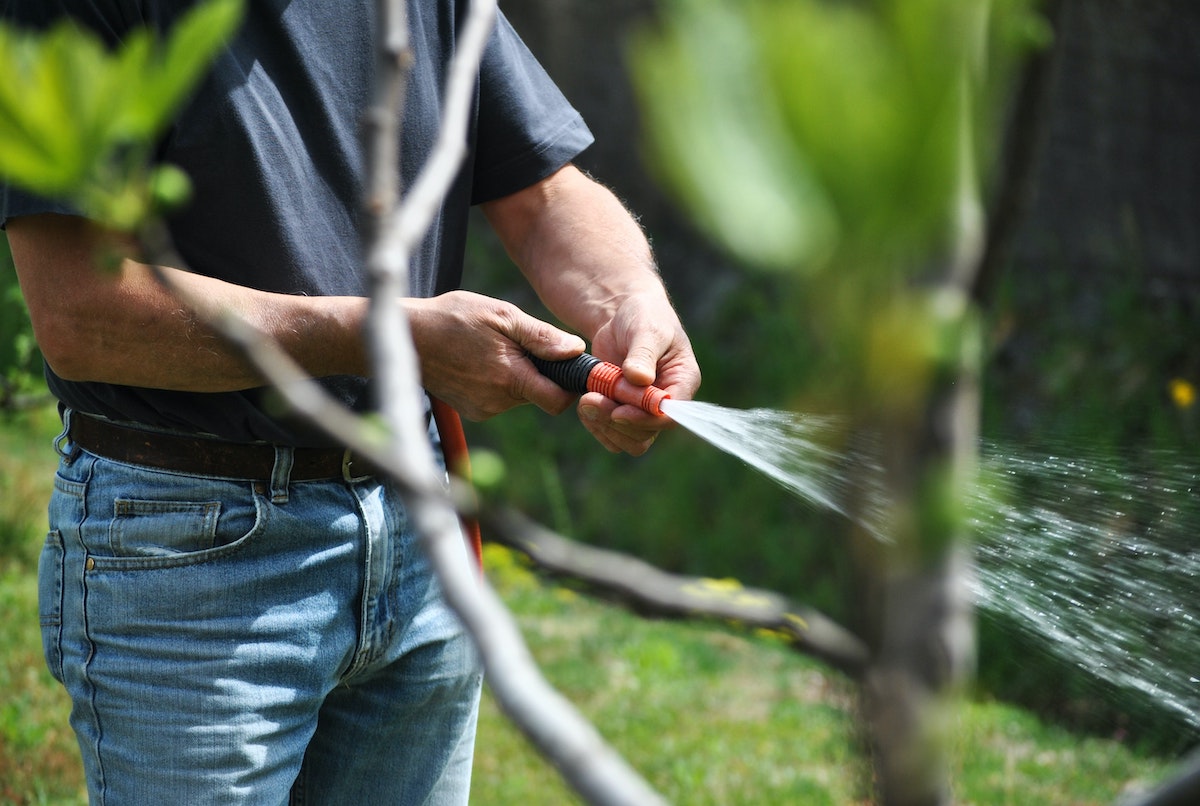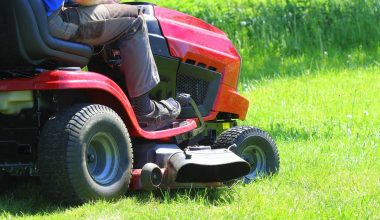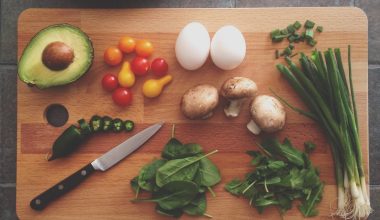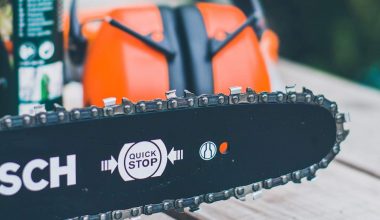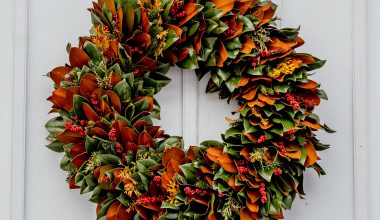As gardeners we are always to striving to be better, so why not start with your watering technique. Many people don’t know the proper methods and amounts of water they should be giving to their gardens.
This results in poor plant growth, increased disease, insect damage and potentially plant loss. We spend a long time designing our perfect garden and growing our seeds so understanding your gardens watering needs is essential.
When you should water
Before watering your plant check the soil moisture levels. A test we like to perform before and after watering is to push our finger into the soil and feel for moisture. If it feels dry then you know that more water is required.
Watering at the correct time of the day will solve all kinds of issues. The best time to water is early in the morning just around sun rise.
At this point the sun is low in the sky and its heat is at its weakest. This is important as it will cause a lot less evaporation compared to the middle of the day.
Watering in the morning allows for the water to fully moisten the earth around the plant before the temperature rises to much.
The worst times to water are during the middle of the day and the evening. You should water in the evening as it will encourage bugs come out and damage your plants.
Make sure you know how much your plants need
Our garden is our own little bit of paradise for us to retreat to and we surround ourselves in all the plants and flowers we love the most. It is vital that you fully understand the specific needs of all your plants water requirements.
If you are looking to reduce your water consumption then plant flowers and greenery that requires less water. For example, sedum is a beautiful plant that comes in many varieties and thrives in dry conditions.
To help plants, shrubs or trees that require constant watering you can add mulch around its roots each year. By adding mulch, you improve the structure of the soil and in turn retain more moisture and reduce evaporation.
For some parts of the world where drought is common you are able to purchase specific drought resistant plants. The agave family of plants can make for stunning center pieces to any garden.
Where should you water?
When watering your plants make sure you are watering the roots and not the foliage on top. If you are spraying the top of plant the leaves can restrict the water from getting to the roots.
Any water left on the leaves will just evaporate in the heat of the sun so will just be wasted. Don’t forget water is a precious resource and we should be conscious of how much we really need to use.
It is much better to run your sprinkler once a week for 90 minutes to fully water your lawn than 10 minutes every evening. Otherwise you are not allowing the water to penetrate into the soil and the roots will stay shallow.
Use the right tool
When watering in your garden use a hose or a watering can to transport the water where it is most needed. Don’t forget to point your nozzle at the base of the roots and not the foliage on top.
We wouldn’t recommend fine spray nozzles as most of the water will evaporate rather than moistening the soil. Metal garden hoses are an excellent choice as they coil up and store easily and are protected from puncturing.
Water butts are a great addition to any garden as you can easily collect rainwater from your roof. This means you can save water and use it when it is needed later in the season. Water butt pumps can help improve the pressure for use around your whole garden.
What to do if you are away?
One of our biggest worries when we go away is what will happen to our garden. Will a heat wave destroy all our hard works or your favourite plant over watered by a neighbour?
Seep hoses are great solution for all round watering and for when you are away. You lay the hose out around your plants and cover it with mulch. The hose can then be connected to a watering timer to make sure your plants get the exact amount of water at the correct time.
